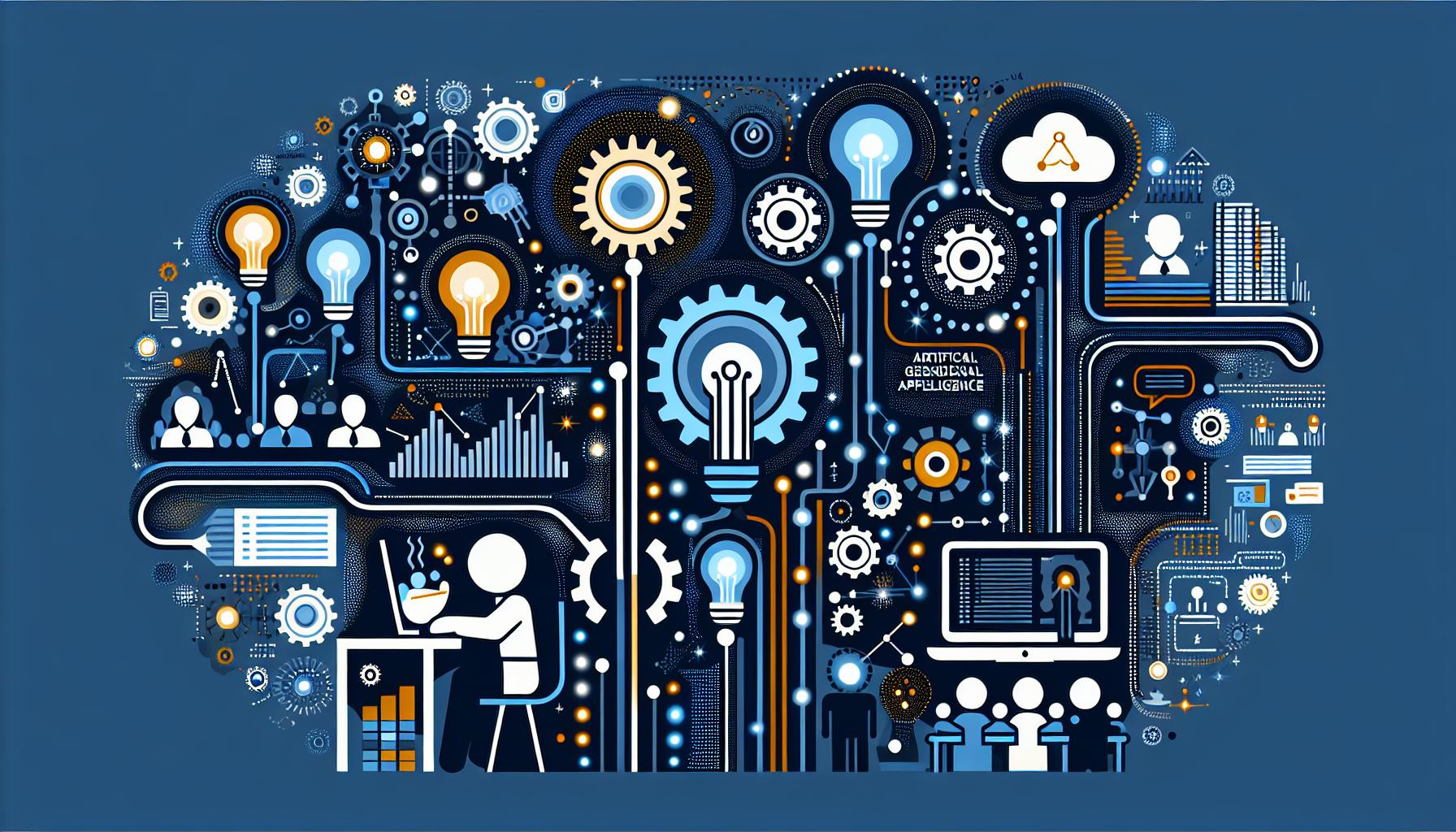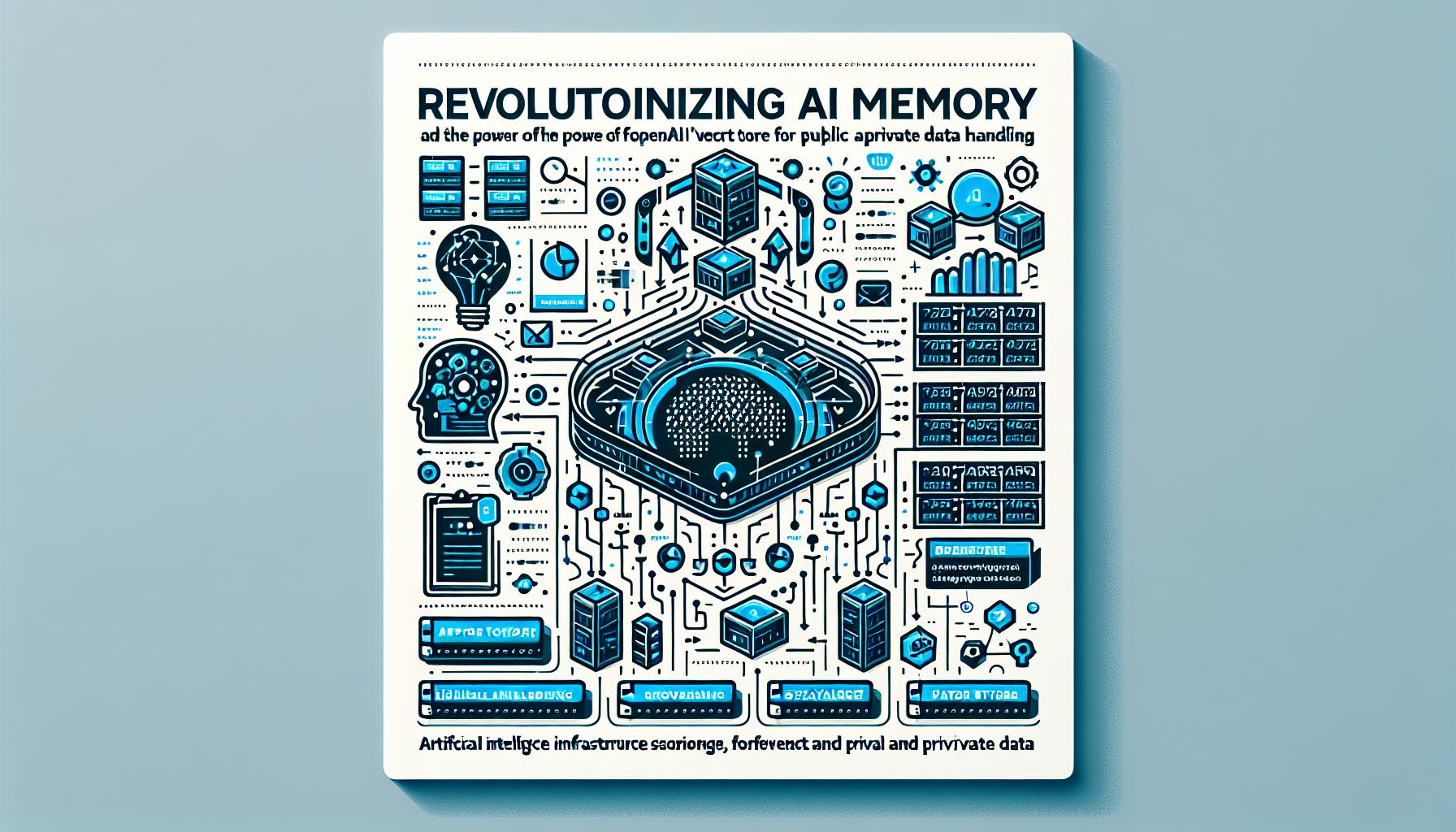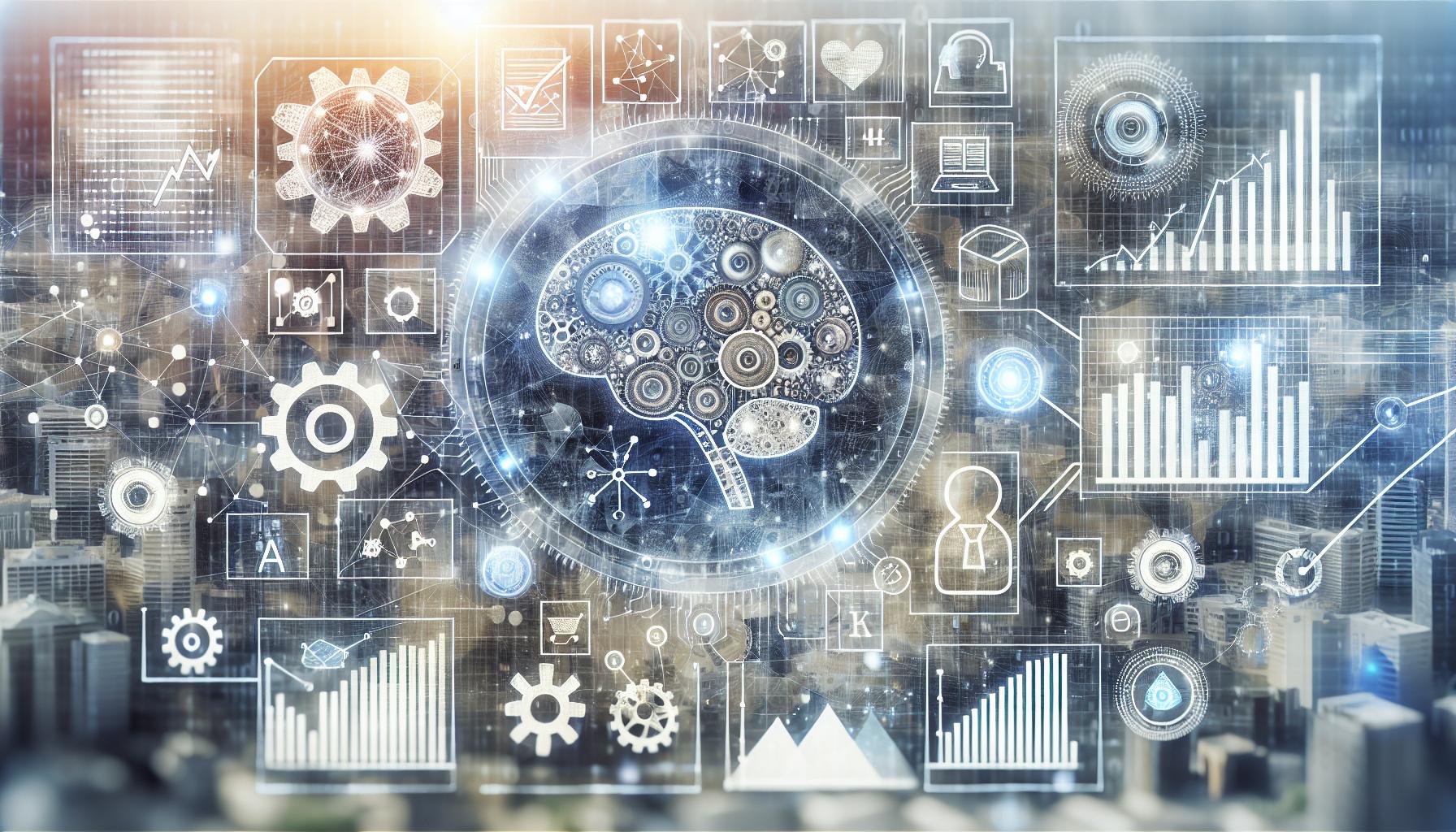Understanding OpenAI's Five-Level System on the Path to AGI

Introduction of the Five-Level System
OpenAI has embarked on an ambitious journey toward the development of Artificial General Intelligence (AGI). To track and communicate its progress, OpenAI has defined a five-level system. Each level represents a step closer to achieving AGI, ranging from conversational A.I. to A.I. capable of performing at an organizational level. In this blog, we will explore each of these levels, provide examples, and discuss the increasing complexity of testing and training required at each stage.
Level 1: Conversational AI
Definition: This is the current level where OpenAI's models excel. At this stage, A.I. can engage in dynamic conversational exchanges, generate text, and assist with various natural language understanding tasks.
Example: A virtual assistant like GPT-4 can provide customer support for an e-commerce website, answer FAQs, help users troubleshoot issues, and engage in small talk, much like a human representative.
Complexity in Testing and Training: To advance beyond this level, additional layers of natural language understanding and context-awareness need to be tested. This requires extensive dialogue datasets, enhanced context comprehension algorithms, and continuous interaction testing with diverse user inputs.
Level 2: Reasoners
Definition: The next anticipated milestone is termed "Reasoners." At this level, A.I. would be capable of basic problem-solving equivalent to a human with a doctorate degree but without using external tools.
Example: An A.I. system at this level could analyze complex scientific data, generate hypotheses, and deduce conclusions as a subject matter expert might do. For instance, it could review a body of medical research and suggest potential areas for further study or possible applications of the findings.
Complexity in Testing and Training: Reaching this level involves intricate modeling of problem-solving processes. Rigorous testing protocols must be implemented to evaluate reasoning capabilities across various disciplines. Extensive training on specialized datasets and problem domains is essential to achieve this sophisticated level of understanding.
Level 3: Agents
Definition: "Agents" represent an advancement where A.I. can perform tasks on behalf of a user over several days, executing different actions autonomously.
Example: An A.I. at this level could act as a personal assistant that not only schedules meetings and responds to emails but also undertakes complex tasks such as organizing events, coordinating with multiple parties, and managing ongoing projects with minimal human intervention.
Complexity in Testing and Training: Training an A.I. agent involves simulated environments where the A.I. must perform prolonged tasks without human intervention. This requires large-scale scenario-based testing and validation across multiple task categories to ensure reliability and autonomy in real-world applications.
Level 4: Innovators
Definition: At this stage, A.I. transitions into "Innovators". These systems are capable of helping to develop new inventions by leveraging their comprehensive understanding and reasoning abilities.
Example: An A.I. Innovator might assist in the development of a new technology by analyzing market needs, conceptualizing innovative features, designing prototypes, and even suggesting improvements based on user feedback. For instance, it might collaborate in the creation of a new renewable energy solution by combining insights from various scientific disciplines.
Complexity in Testing and Training: This level necessitates complex, multidisciplinary training and validation. It requires AIs to not only understand existing knowledge but also to innovate by combining concepts from different domains. Rigorous testing in controlled environments and theoretical models is crucial to gauge the AI's innovative capabilities.
Level 5: Organizational-Level AI
Definition: The ultimate level involves A.I. performing at the same capacity as an organization, managing multiple complex tasks and projects simultaneously across different domains.
Example: An A.I. at this peak level could essentially run a company. It could oversee production, marketing, human resources, finance, and development activities all at once, ensuring optimal performance and coordination. This A.I. would have the capability to make strategic decisions and adapt to changing environments, driving the organization towards success with little to no human intervention.
Complexity in Testing and Training: At this stage, training requires comprehensive simulations of entire organizational ecosystems. The A.I. must be tested for its ability to make strategic decisions, manage resources, handle dynamic market conditions, and oversee large-scale operations. Multi-layered feedback loops and scenario planning are essential to ensure robustness and adaptability.
Research and Demonstrations
OpenAI leaders have showcased advanced research projects using models like GPT-4 that demonstrate human-like reasoning skills. These demonstrations highlight the potential and ongoing progress toward reaching higher levels of A.I. sophistication.
System Development and Feedback
The five-level system was developed by OpenAI executives and leaders with the flexibility to be refined based on feedback from employees, investors, and the company's board. This iterative approach ensures the framework remains relevant and aligned with the latest A.I. advancements and organizational goals.
Disbandment of Superalignment Team
In May, OpenAI disbanded its "Superalignment" team, which was initially focused on addressing the existential dangers of AI. This team's responsibilities have been integrated into other research efforts across the company, ensuring comprehensive risk management and ethical considerations in pursuing AGI.
RAIA's Role in Stakeholder Engagement
As OpenAI progresses through these levels, the complexity of testing and training increases. RAIA plays a critical role by providing a simplified interface for business stakeholders to engage with and understand the A.I. development process. Here's how RAIA ensures stakeholder involvement:
- User-Friendly Dashboards: RAIA offers intuitive dashboards that present A.I. performance metrics, ongoing tests, and development milestones in an accessible format.
- Regular Updates: Stakeholders receive regular progress updates and insights into how the A.I. is evolving across different levels.
- Feedback Mechanisms: RAIA incorporates feedback loops where stakeholders can provide input on A.I. behavior and performance, ensuring the development aligns with business needs and expectations.
Conclusion
The five-level system provides a clear roadmap for OpenAI as it advances towards AGI. Each level marks significant progress, from conversational capabilities to performing organizational tasks, ultimately aiming to revolutionize various industries and societal functions. This structured approach not only clarifies OpenAI's goals but also serves as an inspiring vision for the future of Artificial Intelligence. With RAIA's support, business stakeholders can stay actively involved and well-informed throughout this transformative journey.
By understanding these levels and observing the corresponding examples, you can appreciate the structured and methodical approach OpenAI is taking to achieve AGI, marking notable milestones along the way.

 ™
™

